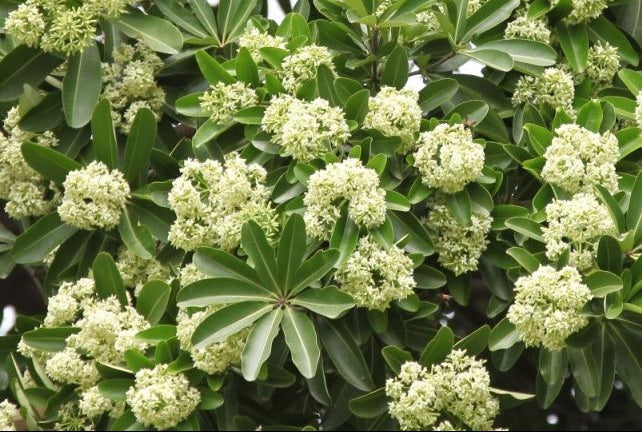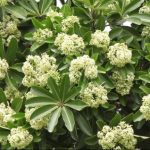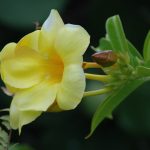What Is the Devil Tree Plant?
The devil tree plant, scientifically known as Alstonia scholaris, is a tropical evergreen tree widely found in Southeast Asia, India, and the Philippines. Despite its unusual name, this plant is deeply respected in traditional medicine systems and is even considered sacred in some cultures.
It belongs to the Apocynaceae family and is recognized by its tall structure, white bark, and cluster-like fragrant flowers. The plant is also known by other names such as scholar tree, ditch-milk tree, and blackboard tree.
Health Benefits of the Devil Tree Plant
Rich in alkaloids, antioxidants, and antimicrobial compounds, the devil tree plant offers several medicinal advantages.
1. Supports Respiratory Health
Ayurvedic practitioners have long used its bark and leaves to help manage coughs, asthma, bronchitis, and congestion. Its soothing properties make it ideal for herbal preparations targeting respiratory relief.

2. Helps Reduce Fever
The bark extract has natural antipyretic properties, which can help reduce fever and discomfort. Traditional healers often prepare a decoction for treating common fever and flu-like symptoms.
3. Promotes Digestive Wellness
The devil tree plant supports digestion and is used to ease abdominal pain, diarrhea, and dysentery. Its natural compounds help calm gastrointestinal disturbances.
4. Supports Immune System Function
Thanks to its antibacterial and antimicrobial properties, it is often used to strengthen the body’s defenses against infections.
Traditional Uses of the Devil Tree Plant
Herbal Remedies and Decoctive Preparations
The bark is typically boiled to make herbal tea or tonic used for fever, stomach issues, and respiratory infections.
Topical Applications
Crushed leaves or bark paste may be applied to treat skin wounds, boils, or inflammation.
Aromatherapy and Ritual Use
The flowers of Alstonia scholaris are naturally fragrant and sometimes used in rituals or to freshen rooms.
Nutritional and Bioactive Compounds
Key Compounds Found in the Devil Tree Plant
- Alkaloids (like echitamine)
- Flavonoids
- Phenolic compounds
- Antioxidants
These contribute to its anti-inflammatory, antimicrobial, and therapeutic properties, making the devil tree plant one of the most potent traditional medicinal trees in Asia.
Is the Devil Tree Plant Poisonous?
Important Safety Notes
Some parts of the devil tree plant contain potent alkaloids, which can be toxic in high doses. It must be used only in proper preparations and recommended amounts. Always consult a healthcare professional or herbalist.
Authoritative references:
How to Grow and Care for the Devil Tree Plant
Growing Conditions (H4)
- Thrives in tropical to subtropical climates
- Prefers full sun but tolerates light shade
- Grows well in moist, well-draining soil
Maintenance Tips (H5)
Water young plants regularly, prune for shape, and avoid waterlogged soil.
Propagation (H6)
Propagation is usually done through seeds or stem cuttings.
FAQs About the Devil Tree Plant
What is the devil tree plant used for?
It is commonly used for treating fever, cough, asthma, digestive issues, and skin infections in traditional medicine.
Is Alstonia scholaris safe?
Yes—in controlled doses. Excessive consumption can be harmful due to its alkaloid content.
Why is it called the devil tree?
The name comes from folklore and superstitions in some cultures, not because the plant is harmful.
Does the devil tree have fragrance?
Yes. Its flowers produce a distinct, strong fragrance, especially at night.
Final Thoughts
The devil tree plant is more than a mysterious tropical tree. Its rich herbal value, combined with centuries of traditional use, makes it a powerful natural remedy for respiratory issues, digestive problems, fever, and overall wellness. If you’re exploring medicinal plants or researching natural herbal remedies, this tree deserves a spot on your list.
Call to Action
If you found this guide helpful, explore more herbal remedy articles at The Planttube Blog and share this post with someone interested in natural healing. Don’t forget to sign up for updates on new health and wellness content.








